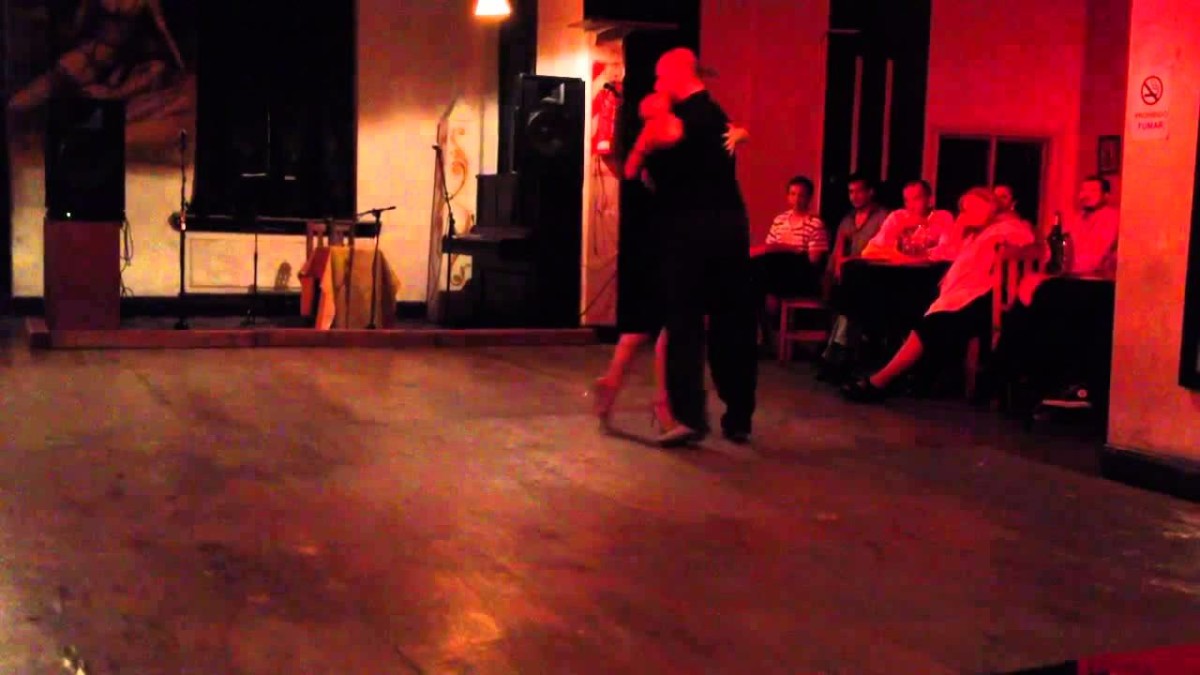LUNFARDA For Cello, Piano and 4 Percussions.

LUNFARDA for cello, piano and four percussions from Edgar Barroso on Vimeo.
Listen to the recording of the concert at Harvard (Better if listen with headphones).
LUNFARDA  by  edgarbarroso
This piece is a labyrinth. First inspired by the painting “Dancers II” by Joan Miró, which took the piece into the categorization of a group of limited musical elements connecting and interacting by subtle lines and/or colors in the space (the same way as in the painting). And secondly the painting took Lunfarda to look for metaphors of movement between two persons. In other words the composer turned his attention into dancing. The piece was named Lunfarda because of the relationship with tango. Lunfardo is an argot of the Spanish language which developed at the end of the 19th century and beginning of the 20th century in the lower classes in and around Buenos Aires and Montevideo. Some Tango lyrics use it very heavily. The piece mapped some of the “accents” of the movement of two tango dancers. Surprisingly enough, the movements were always different regardless of the music, they are independent, unstable and some of them improvised. This piece tries to recreate a dance (a piece) that posses the freedom of these Tango dancers seeking for a conversation by hearing the “body of the other”. The percussion elements function, is to expand these relations between the two elements and also to provide a disintegration process of the traditional characteristics of the cello and piano, and confuse them into percussion noise production devices. The percussion instruments are integrated in the musical phrases and are a vital part of the piece color. After all, Tango is a hybrid, the same way Lunfarda is.